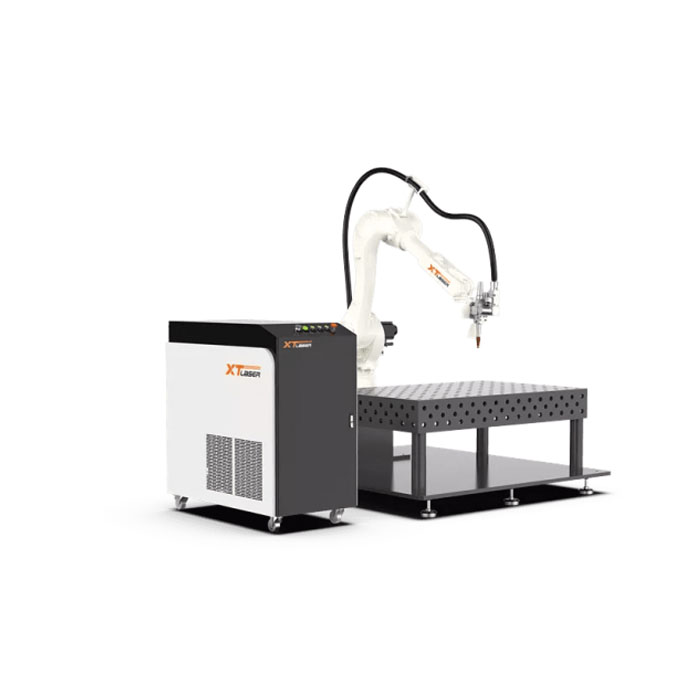The Future of Manufacturing: Industrial Laser Welding Machines
2024-07-16
Introduction to Laser Welding Machines
Laser welding machines have revolutionized the manufacturing industry, offering precision, efficiency, and versatility. Unlike traditional welding methods, laser welding uses a focused beam of light to join materials, resulting in cleaner and stronger welds. This blog explores the key features, applications, and advantages of industrial laser welding machines.
How Laser Welding Machines Work
Laser welding involves using a high-powered laser beam to melt and fuse materials at the joint. The laser source can be a fiber laser, CO2 laser, or diode laser, each suitable for different applications. The focused beam allows for precise control over the welding process, enabling high-quality welds with minimal distortion.
Key Features of Industrial Laser Welding Machines
1. Precision and Accuracy: Laser welding offers unparalleled precision, making it ideal for applications requiring tight tolerances. The focused laser beam ensures minimal heat-affected zones, reducing the risk of warping and distortion.
2. Speed and Efficiency: Laser welding is significantly faster than traditional welding methods. The high-energy density of the laser allows for rapid heating and cooling, resulting in faster welding speeds and higher productivity.
3. Versatility: Laser welding machines can weld a wide range of materials, including metals, plastics, and ceramics. They are also capable of welding dissimilar materials, which is challenging with conventional welding techniques.
4. Automation and Integration: Modern laser welding machines can be easily integrated into automated production lines. They can be controlled by CNC systems, ensuring consistent and repeatable welds, and reducing the need for skilled labor.
Applications of Industrial Laser Welding Machines
1. Automotive Industry: Laser welding is extensively used in the automotive industry for manufacturing components such as car bodies, engine parts, and exhaust systems. The precision and speed of laser welding contribute to improved vehicle performance and reduced production costs.
2. Electronics: In the electronics industry, laser welding is used to join delicate components without damaging sensitive parts. It is commonly used in the assembly of sensors, batteries, and microelectronic devices.
3. Medical Devices: The medical industry benefits from laser welding's precision and cleanliness. It is used to manufacture medical instruments, implants, and surgical tools, ensuring high-quality and sterile products.
4. Aerospace: The aerospace industry relies on laser welding for fabricating critical components such as turbine blades, fuel systems, and structural parts. The process's accuracy and reliability are crucial for maintaining the safety and performance of aircraft.
Advantages of Industrial Laser Welding Machines
1. High-Quality Welds: Laser welding produces strong and clean welds with minimal defects. The focused heat input results in minimal thermal distortion and a smooth weld bead.
2. Reduced Post-Processing: The precision of laser welding minimizes the need for extensive post-weld processing. This reduces production time and costs, leading to more efficient manufacturing processes.
3. Cost-Effective: Although the initial investment in laser welding equipment can be high, the long-term benefits include reduced labor costs, higher productivity, and lower material waste, making it a cost-effective solution.
4. Environmental Benefits: Laser welding is an eco-friendly process. It produces fewer emissions and consumes less energy compared to traditional welding methods, contributing to a greener manufacturing environment.
Conclusion
Industrial laser welding machines are transforming the manufacturing landscape by offering unparalleled precision, efficiency, and versatility. From automotive to aerospace, the applications of laser welding are vast and continue to expand. As technology advances, laser welding will play an increasingly crucial role in driving innovation and productivity in various industries.



